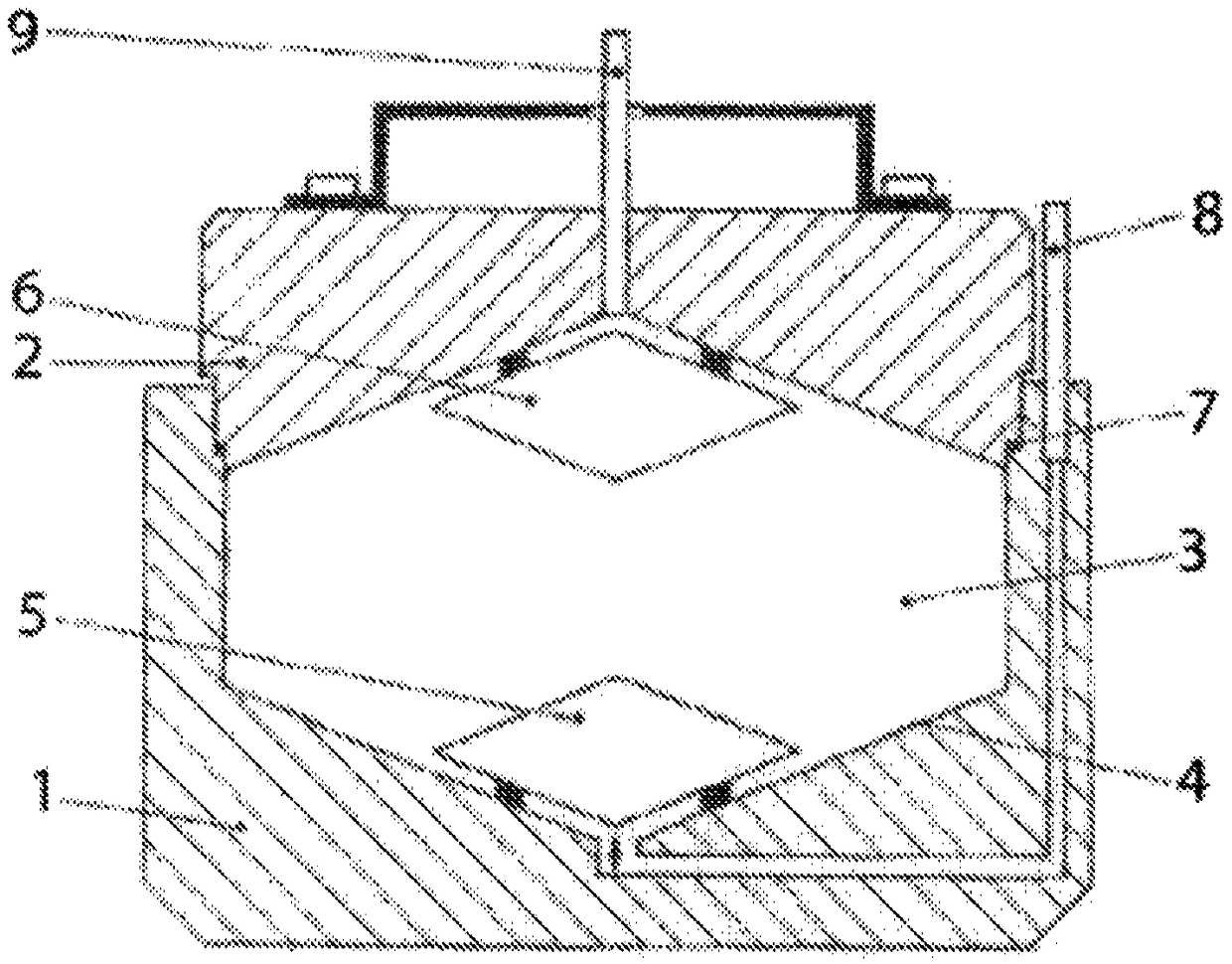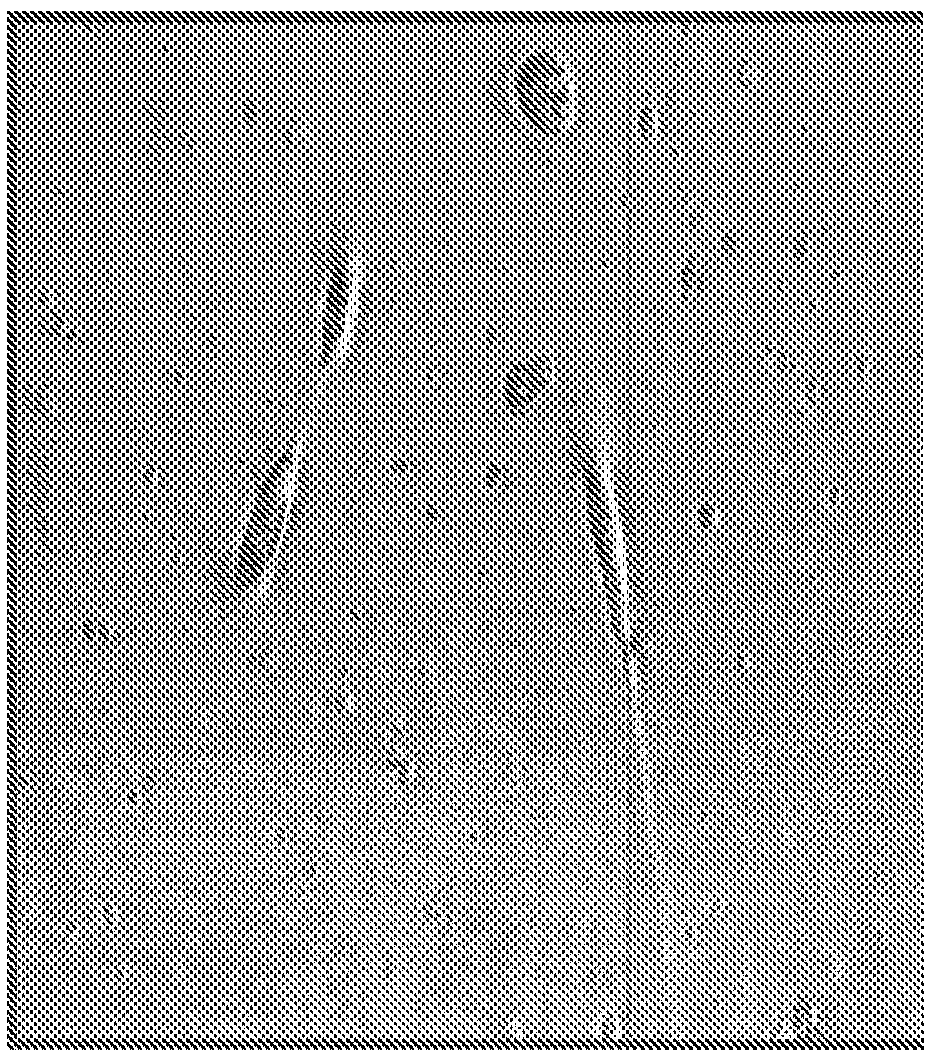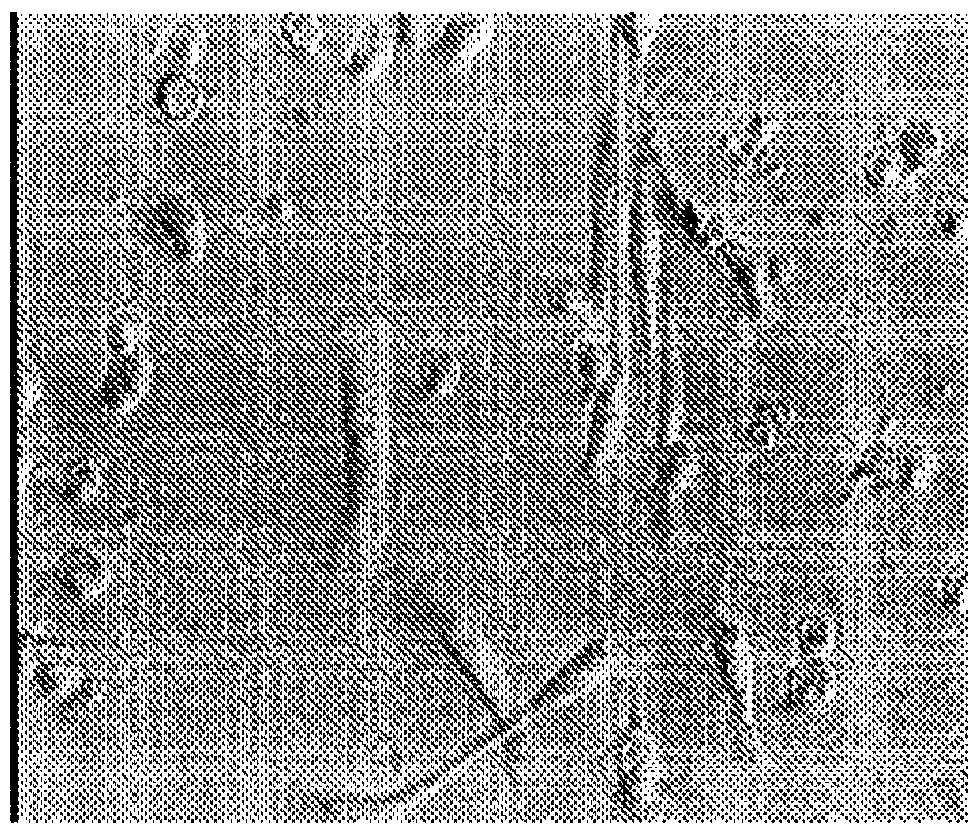Process for isolating nucleated cells and nucleated cell populations and uses thereof
A technology for nucleated cells and non-nucleated red blood cells, used in the field of separation of nucleated cells and nucleated cell populations and its applications, can solve the problems of difficult to achieve reliable and reproducible separation
- Summary
- Abstract
- Description
- Claims
- Application Information
AI Technical Summary
Problems solved by technology
Method used
Image
Examples
Embodiment 1
[0178] 6.1 Example 1: Isolation of nucleated cells from maternal blood
[0179] Fluorinert TM FC-43 filled with 8cm diameter lumen figure 1 Separators of the type shown in . 25 mL of peripheral blood obtained from a pregnant female was combined with 25 mL of RPMI medium containing 2% dextran (w / v) to obtain a mixture with a final dextran concentration of 1%. The mixture was introduced through the top inlet / outlet into the lumen of the separation device atop FC-43 located in the lower part of the cylindrical part of the separation device and separated under local gravity into a nucleated cell-enriched fraction and Enucleated erythrocyte enriched fraction. Additional FC-43 was then introduced into the lumen via the bottom inlet / outlet, while the nucleated cell enriched fraction was collected from the top inlet / outlet.
[0180] Use the nucleated cell-enriched fraction for a second isolation to deplete remaining enucleated erythrocytes. After the first separation, the nucleat...
Embodiment 2
[0184] 6.2 Example 2: Isolation of a population of nucleated cells of interest
[0185] Maternal blood samples from normal pregnant females at 11-14 weeks of gestation were processed as described in Example 1 to obtain a nucleated cell enriched fraction. Then use RosetteSep TM Human Mesenchymal Stem Cell Enrichment Mixture (Stemcell Technologies) (Stemcell Technologies) followed by density gradient centrifugation, or non-physiological conditions followed by density gradient centrifugation to negatively select the nucleated cell enriched fraction for further fetal enrichment Nucleated cells. The medium used for non-physiological conditions contained sodium citrate, citric acid and glucose and had an osmolarity of 310-320 m mOsm / l.
[0186]
[0187] Table 2: Cell Recovery from Maternal Blood with RBC Batch Depletion and Further Enrichment of Fetal Nucleated Cells
[0188] Then, as described in Peters et al., 2010, PLoS ONE 5(12):e15689, in a complex containing human stem c...
Embodiment 3
[0189] 6.3 Example 3: Target Nucleated Cell Culture and Analysis
[0190] Maternal blood samples from 11-week-pregnant females carrying twins were processed according to the batch erythrocyte depletion strategy in section 5.5.1 to provide a nucleated cell-enriched fraction. Analysis of cell-free fetal (cff) DNA present in maternal plasma by RT-PCR using SRY primers and probes had previously established that at least one of the two fetuses was male. Then use RosetteSep TM Human mesenchymal stem cell enrichment mix reagent (Stemcell Technologies) and density gradient centrifugation were used to select fetal cells by negative selection of the nucleated cell enrichment fraction according to the target nucleated cell enrichment strategy in section 5.5.2.
[0191] The resulting cell population was then cultured according to the cell culture strategy in section 5.5.3. On day 3, cell culture supernatants were harvested and fluorescently labeled with a fluorescently-tagged anti-CD45 ...
PUM
| Property | Measurement | Unit |
|---|---|---|
| Height | aaaaa | aaaaa |
| Height | aaaaa | aaaaa |
| Height | aaaaa | aaaaa |
Abstract
Description
Claims
Application Information
 Login to View More
Login to View More - R&D Engineer
- R&D Manager
- IP Professional
- Industry Leading Data Capabilities
- Powerful AI technology
- Patent DNA Extraction
Browse by: Latest US Patents, China's latest patents, Technical Efficacy Thesaurus, Application Domain, Technology Topic, Popular Technical Reports.
© 2024 PatSnap. All rights reserved.Legal|Privacy policy|Modern Slavery Act Transparency Statement|Sitemap|About US| Contact US: help@patsnap.com










